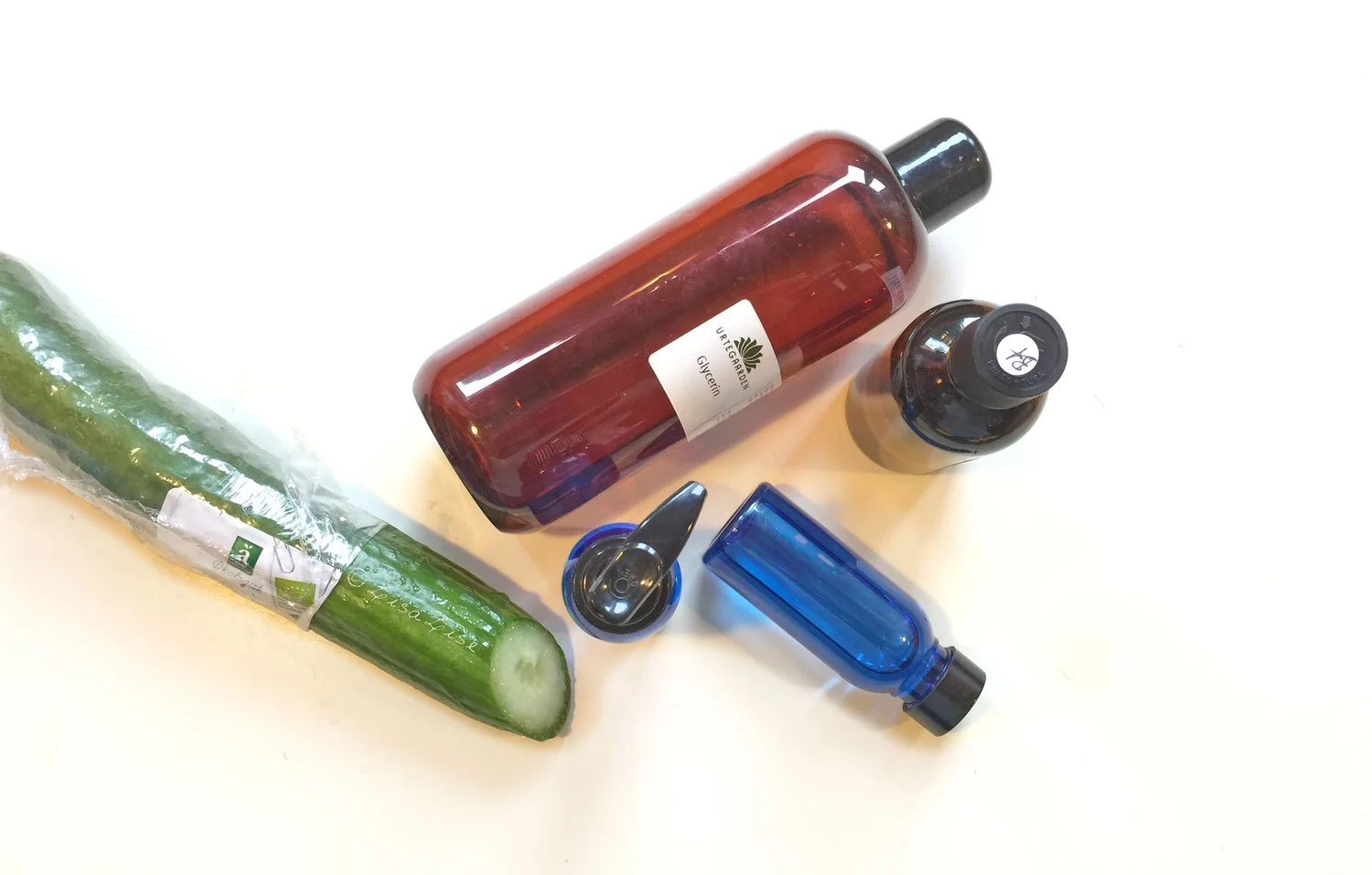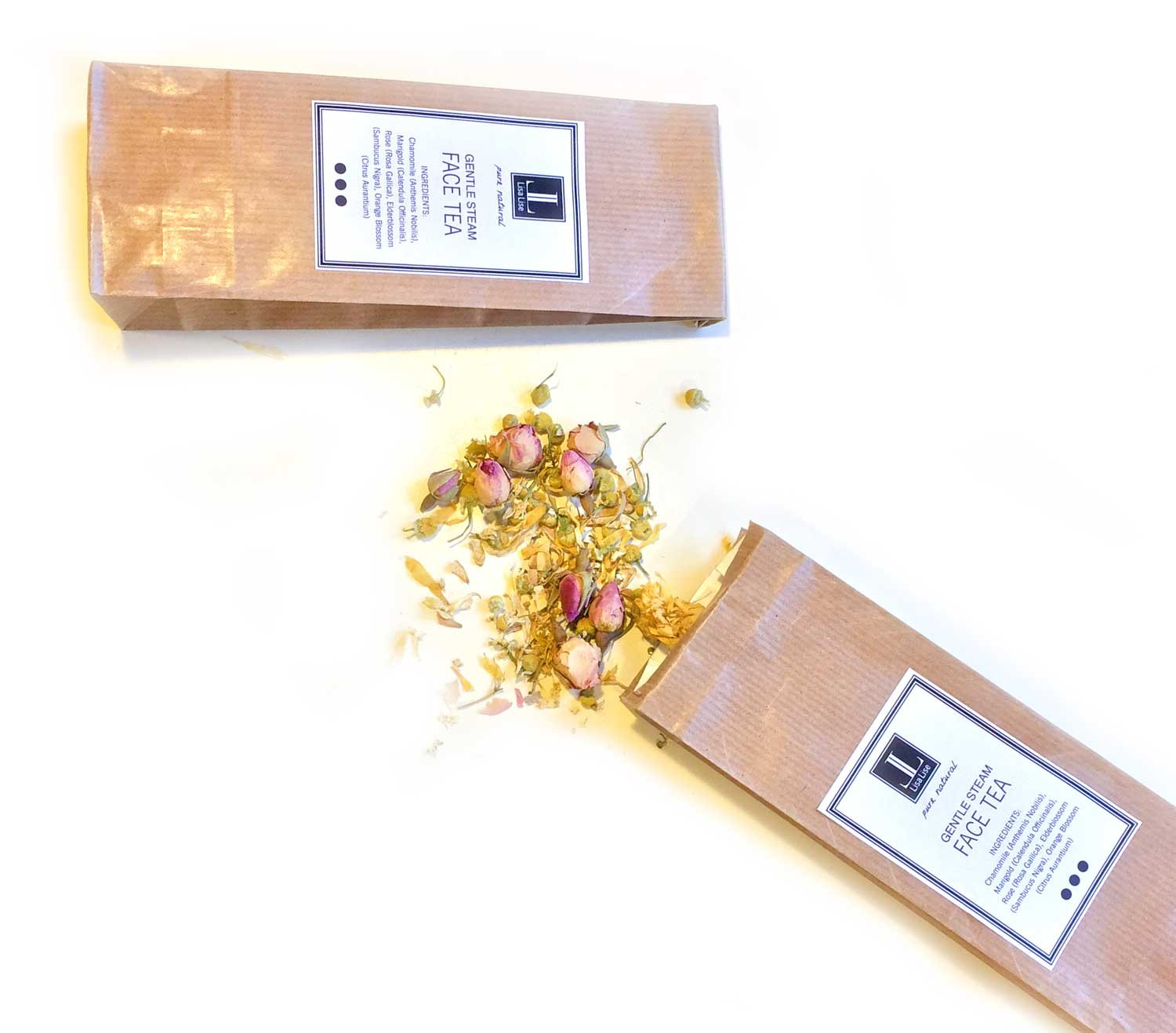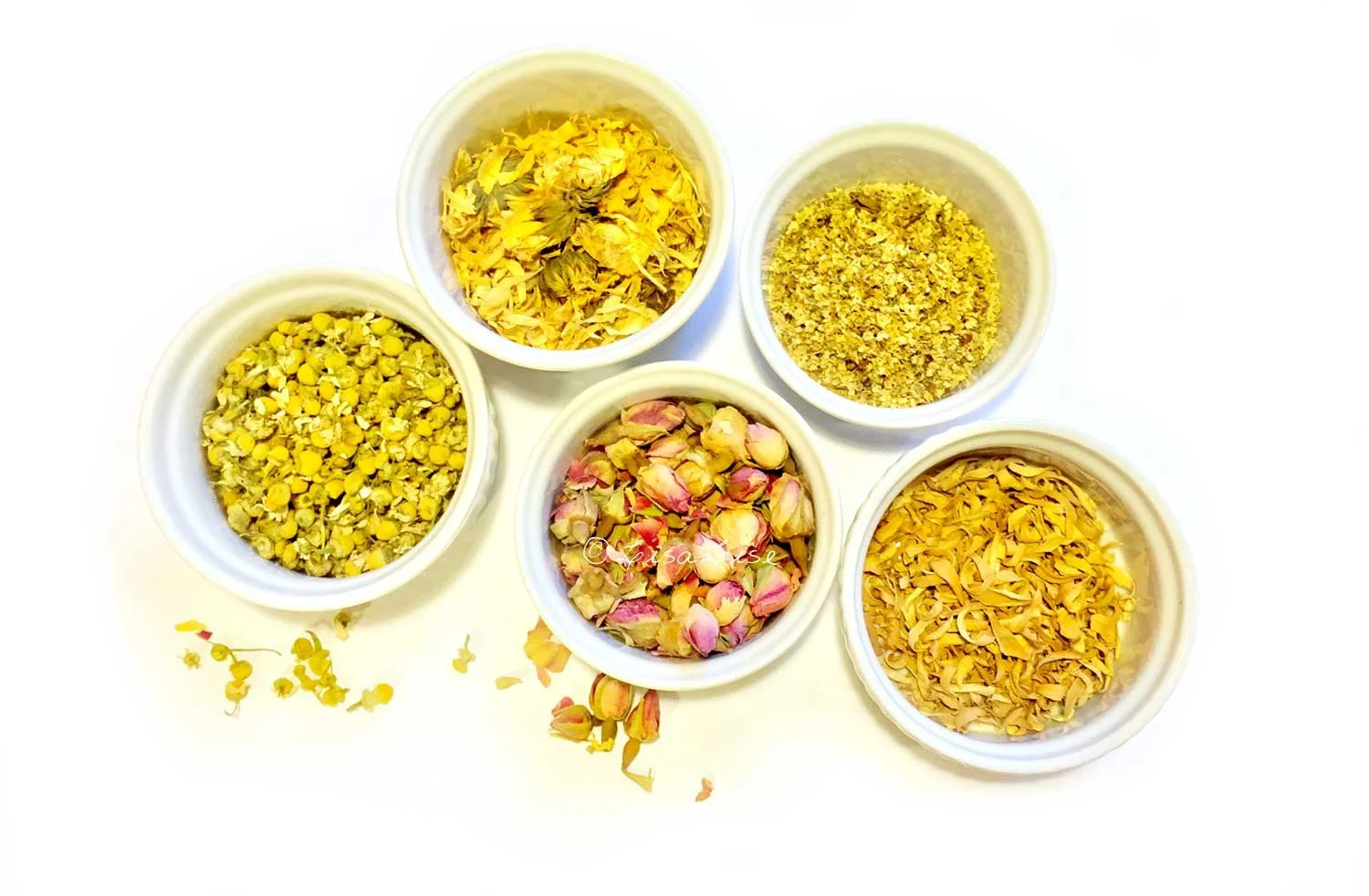Make Your own Bi-Phase Cleansers - a New Publication
Lise
I’m very excited to share the latest LisaLise publication with you! We’re playing with plant colorants and making a bit of fun-loving, colorful cleansing magic in the form of bi-phase cleansers.
I had a blast putting this one together with all of the different colorful options there are to try.
And guess what? This is all about being able to customise!
It’s a Formulation Template
The astute observer may notice that the cover design features a band of color along the left side (which isn’t very common in my publications). That’s a visual indication that this e-book is (what I have decided to call) a Formulation Template.
This is something I have been wracking my brains about for quite a while: how to create a formula that is fully customisable yet contains enough information to ensure as successful a result as humanly possible.
This self-appointed challenge came about because of the many questions I get on ingredient substitutions. And because not everyone can get every ingredient all over the planet (well, duh), I wanted to try and accommodate that situation by creating a kind of ‘ open formula with a set of guidelines for a successful outcome’.
So it became a Formulation Template.
What does all this mean? It means you get a ‘toolkit’ of ingredient information and additional useful stuff, a formulation template with instructions on how to use it, and some example formulas to show you a few possible variations and get you comfortable with the whole process.
The first formulation template was the tooth powder e-book and I’ve gotten so much positive feedback on it that I just had to do another one. (And if you have suggestions for additional e-books you’d like to see of this type, please feel free to drop a comment below - I’m all ears!)
3 Bespoke Formulas Included
While developing an e-book of this type, I make and test a lot of formulas in several different versions. I decided to include 3 of the formulas in this book. So apart from the template (which shows you how to create your own formulas), you can also dive right in and get busy making one of my formulas if you like.
Bi-Phase Cleansers are Both Versatile and Easy to Make
What I love most about this type of product is the absolute versatility it offers. You can use these as eye makeup removers or cleansers, dress them up with fancy ingredients or dress them down to the bare basics. You can create specifically for certain skin types or just have fun with color mixing for the sheer playfulness of it.
The book is illustrated with several of the versions I made and I better warn you right now. If you like playing around with colors, you might get little addicted to making and using these.
Click the picture below to learn more about this publication.
Do Tell
Which kinds of products would you like to see available as Formulation Templates?? Please feel free to pop in a comment below!
Below is the first Formulation Template.























